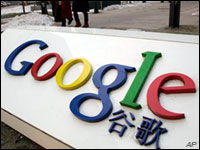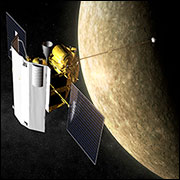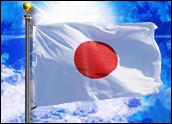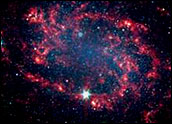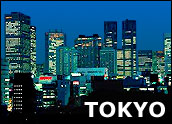
From the 39th floor of a new office building in downtown Tokyo, Appirio cloud computing’s director of Japanese operations Jason Park shared with TechNewsWorld his harrowing, moment-by-moment account of Friday’s 8.9 magnitude earthquake, a mere 150 miles away from the temblor epicenter.
Park and colleagues “saw other high-rise offices and apartments visibly shaking,” he wrote. “It was hard to stand without losing my balance.”
The earthquake started small — “with mild tremors, but this happens every few months,” Park recalled. “We didn’t think anything of it until the tremors didn’t stop.”
Park’s retelling is a system-by-system road map in sometimes jittery shorthand of the shaker’s impact, with some hopeful nods to the power of modern-day networks.
“Facebook, Twitter — no access issues; Salesforce.com, Google Apps — no access issues; Amazon Web Services (first major cloud player to open a Japanese data center) did not have any service outages or visible performance degradations,” Park emailed.
Shaking, Browsing and Emailing
“3G-based Web browsing was slower than usual, but worked,” Park wrote, jotting his thoughts down in small fragments to capture the big picture.
“Internet — we have a fiber network in the office, no problems. My mobile card also worked fine. Mobile text messaging — numerous mail transfer delays. Email — no problems. We use Google Apps through a number of networks including IMAP over 3G. Japanese news sites — many seem slow, and I speculate this may be due to higher than expected access volumes.”
At the same time, Park noted that a comparative dinosaur on the world technology scene was holding up, while the newer kids on the block weren’t fairing as well. “Mobile phone (3G networks) pretty much died. Land lines were OK,” he wrote.
That doesn’t surprise electrical engineer Dale Carr, CEO of content security firm Leadbolt and a resident of Australia with expertise in Asia Pacific region mobile technology.
“After the earthquake, wireless, being such a vital communications mechanism, will face huge challenges and possibly prolonged outages,” Carr told TechNewsWorld. “Even if the physical network is still standing, the added demand of users has far-reaching consequences that can cripple the entire network. Landlines are faring better due to the higher priority they take over the network.”
Trains and subways — Tokyo’s primary sources of transportation — “stopped until a couple hours ago. Many of the train lines are still closed for inspection. Bus stations were jam-packed, taxis were nowhere to be seen. This created massive traffic jams.”
The transportation snafus quickly hit home. “Half of my 30 person team walked home, from 5-10 miles,” Park wrote. “Others waited for the trains to reopen. A couple guys who live too far away stayed at friends’/colleagues’ houses. I have a colleague staying at my place tonight.”
Earthquake Wake
While power outages hit portions of the Tokyo metropolitan area, surprisingly “there was minimal structural damage in Tokyo,” Park recalled. “There was a large fire shooting several hundred feet into the air at an oil refinery across the Tokyo Bay in Chiba prefecture. It seems to be under control, but with wounded and casualties.”
The tsunami left in the earthquake’s wake may have done the most damage. “3m-10m waves pounded the eastern seaboard for several hours. Helicopter news footage on TV showed waves crushing cars, plowing through farms, and overturning buildings and houses,” Park wrote. “The northern areas of Japan are a mess, especially the eastern coastal regions. Disturbing…”
In a moment of hopeful reflection, Park said that “from an IT perspective,” he was glad to be in the cloud.
“The cloud held up really well considering the circumstances,” Park wrote. “Situations like this would make me not want to have anything onsite. I’m personally curious to see how this disaster will impact risk prevention planning for IT execs in Japan. I suspect in house data centers did not fare so well.”



